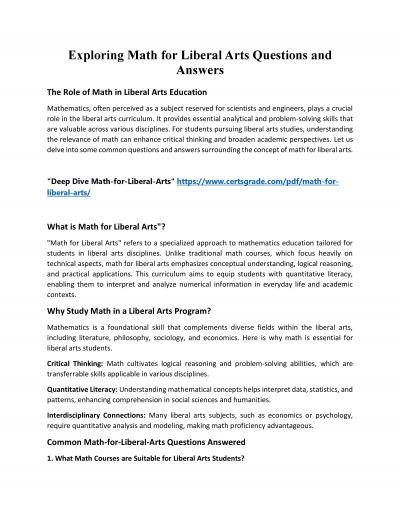PPT-S.A.T. Math Testing Tactics
Author : accompanypepsi | Published Date : 2020-06-20
Tactic 14 Systematically Make Lists If asked how many Try making an organized list of all possibilities Start making the list Try to recognize a pattern Try to answer
Presentation Embed Code
Download Presentation
Download Presentation The PPT/PDF document "S.A.T. Math Testing Tactics" is the property of its rightful owner. Permission is granted to download and print the materials on this website for personal, non-commercial use only, and to display it on your personal computer provided you do not modify the materials and that you retain all copyright notices contained in the materials. By downloading content from our website, you accept the terms of this agreement.
S.A.T. Math Testing Tactics: Transcript
Download Rules Of Document
"S.A.T. Math Testing Tactics"The content belongs to its owner. You may download and print it for personal use, without modification, and keep all copyright notices. By downloading, you agree to these terms.
Related Documents

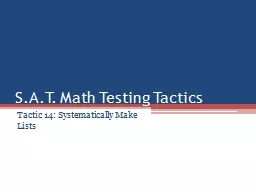
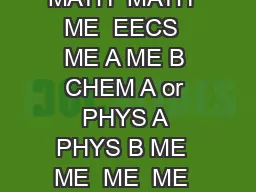


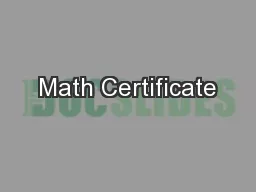
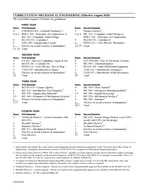


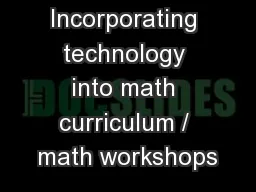
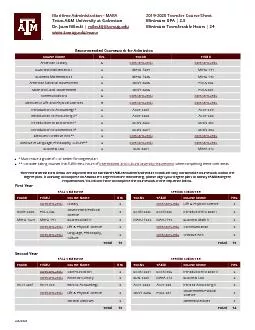
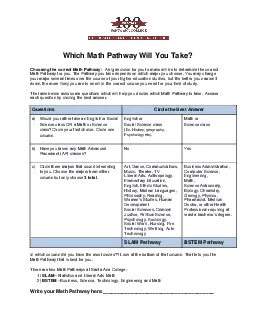
![[READ] CASAS Test Prep Student Book for Math GOALS Form 917 M Level C/D: Preparing Adult](https://thumbs.docslides.com/1003945/read-casas-test-prep-student-book-for-math-goals-form-917-m-level-c-d-preparing-adult-students-for-casas-math-goals-tests-and-for-workforce-entrance-math-exams-casas-math-goals-student-textbook.jpg)
![[DOWNLOAD] Multiplication Times Table Math Workbook for Grade 2-3: Math Workbook Kids](https://thumbs.docslides.com/1008939/download-multiplication-times-table-math-workbook-for-grade-2-3-math-workbook-kids-ages-7-9-homeschool-2nd-3rd-grade-math-summer-math-workbook.jpg)
